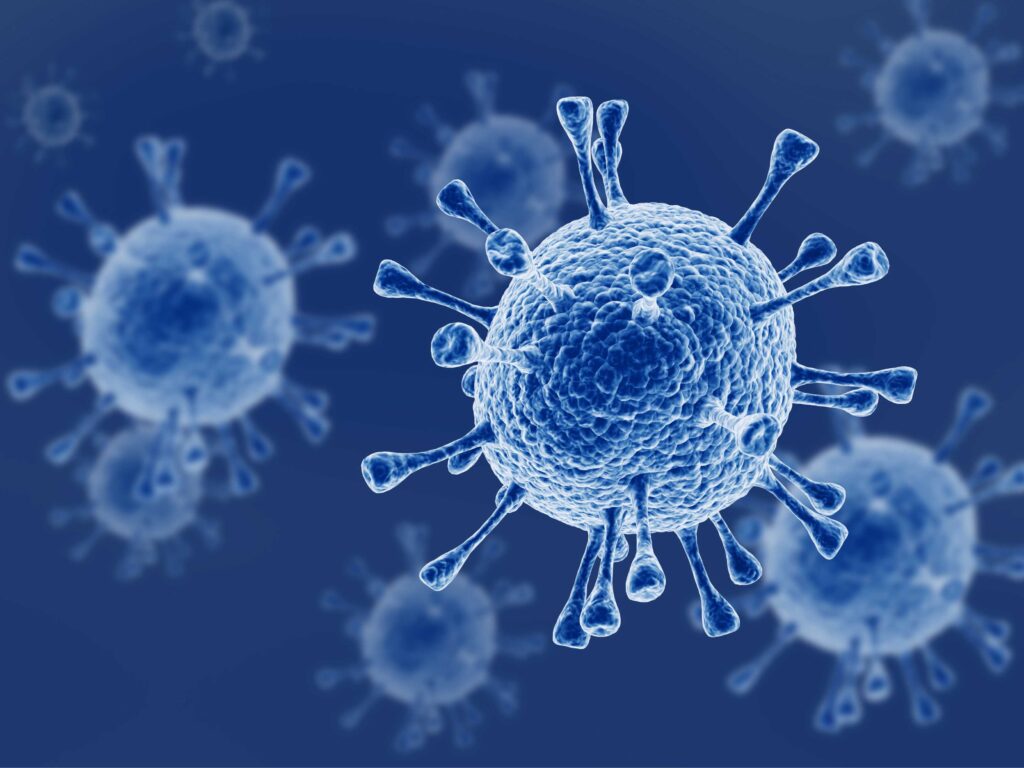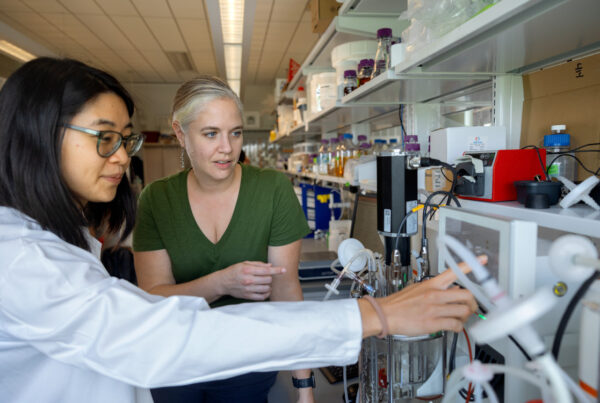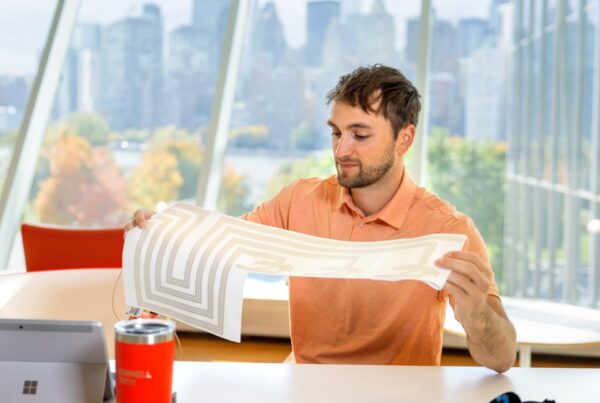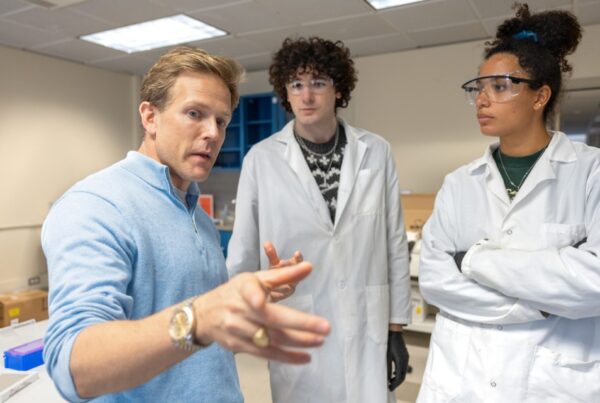Cornell University is taking a new path in supporting Ph.D. scientists and engineers who are making the leap from researchers to entrepreneurs. Through the Postdoc for Ventures Program, one of the four signature programs of Ignite Cornell Research Lab to Market gap funding series managed by the Center for Technology Licensing (CTL), five researchers with entrepreneurial outlooks will be supported and trained to start new ventures out of Cornell technologies. The program aims to build new solid businesses, grow entrepreneur scientists and engineers, advance technology commercialization, and enrich Cornell’s venture ecosystem.
“We are excited to welcome the inaugural cohort of the Ignite Postdoc program,” said Alice Li, executive director at CTL. “This program is one of the flagship programs to support venture creation leveraging the growing strength of Cornell’s ecosystem: research, technologies, venture incubation, mentoring, and network.”
Each selected project is funded approximately $120K a year to support the compensation of the postdoc and the expenses of basic experiments. Each Ignite Postdoc will report to the faculty inventor during the program’s first phase while still developing the technology. During phase two, triggered by the company’s incorporation, they will report to one of Cornell’s business incubators. During both phases, they will work at the lab and have access to the incubators as associate members.
The projects selected for the inaugural cohort are diverse and represent the breadth of Cornell’s commitment to any field study:

Technology: Dynamic Wireless Charging for Electric Vehicles (EV)
Postdoc: Brandon Regensburger, Ph.D.
Faculty-inventor: Khurram Khan Afridi, Ph.D., Associate Professor, Electrical and Computer Engineering
Description: Electric vehicles (EVs) have the potential to dramatically reduce the negative environmental impact of road transportation, which is the dominant source of air pollution in urban areas. Unfortunately, EVs are expensive, have a limited range, and have long charging times—all related to limitations in battery technology. The team within Afridi’s lab has developed a transformative approach to overcome the challenges posed by battery technologies to substantially reduce energy storage on the vehicle and instead deliver power wirelessly to the EV while it is in motion—dynamic wireless charging.

Technology: Arteriovenous (AV) graft
Postdoc: Anthony D’Amato, Ph.D.
Faculty-inventor: Yadong Wang, Ph.D., McAdam Family Foundation Professor of Heart Assist Technology, Meinig School of Biomedical Engineering
Description: Arteries and veins have significant differences in their mechanical properties, and current fistulas or synthetic grafts for hemodialysis often fail because they cannot adequately withstand these differences under high blood flow rates. Wang’s group has developed next-generation vascular grafts that can match disparate compliances and prevent mechanical failure, so patients don’t need repeated surgeries for replacements.

Technology: Use of Membrane Inhibitors to Enhance vaccine Development against Enveloped Viruses
Postdoc: David Buchholz, Ph.D.
Faculty-inventor: Hector Aguilar-Carreno, Ph.D., Associate Professor, Microbiology & Immunology
Description: The team at Aguilar-Carreno lab has developed a method to inactivate enveloped viruses such as COVID-19, HIV, and the flu, by developing vaccines that preserve the viral genome and proteins to elicit a more robust immune response from the patient.

Technology: Ultrasonic Fourier Computation Hardware for Convolutional Neural Network Computing
Postdoc: Juneho Hwang, Ph.D.
Faculty-inventor: Amit Lal, Ph.D., Robert M. Scharf 1977 Professor, Electrical and Computer Engineering
Description: Professor Lal and his team have invented a computing architecture that can utilize the newly discovered 2D FFT using ultrasonics to perform a neural network operation that is useful for deep learning applications in computer program products comprising processor-readable storage media. The technology computes 2D Fourier Transform much faster than traditional architectures and uses much lower energy.

Technology: Methods and Processes for the Adaptive Use of Ca- and Mg-bearing oxides, hydroxides, and silicates or Ca- and Mg-bearing aqueous streams to capture, convert and store CO2 and production of H2
Postdoc: Hassnain Asgar, Ph.D.
Faculty-inventor: Greeshma Gadikota, Ph.D., Assistant Professor, Croll Sesquicentennial Fellow, Civil and Environmental Engineering
Description: Professor Gadikota and her team has developed a method for using calcium- and magnesium-bearing oxides and hydroxides to capture, convert, and store CO2 while coupling this to the efficient production of H2. The invention produces valuable products while mitigating CO2 generation.
“The Ignite Postdocs are receiving tailored training to bring them up to speed in their understanding of venture creation, their customers, and the market,” said Lynda Inseque, assistant director, Technology Initiatives & Outreach at CTL. “They will be supported all along the way through their journey at Cornell.”
After each postdoc completes the program, which time will vary depending on the stage of the technology and business plan, they will have the tools, network, and necessary knowledge to continue working on growing the company on their own. The next recruitment cycle opens on December 12, 2022. If you are interested in applying to the next cohort, visit Ignite Postdoc for Venture website here.
CTL Ignite Contact
Lynda Inséqué
Assistant Director, Technology Initiatives & Outreach
lci2@cornell.edu
Media Contact
Veronica Buezo Talavera
Manager, Digital Media & Marketing
vbt6@cornell.edu






